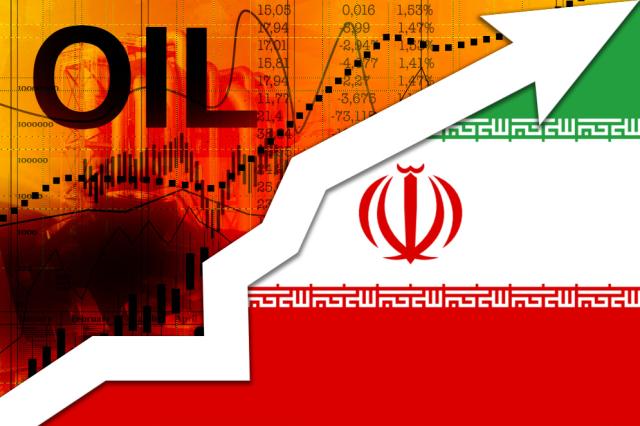
(Source: Shutterstock.com)
Oil prices jumped nearly $3 on Jan. 3 after a U.S. air strike in Baghdad killed the head of Iran's elite Quds Force, sparking concerns for escalation of regional tensions and disruption of crude supplies.
Brent crude hit $69.16 a barrel, its highest since Sept. 17, before easing to $68.54, up $2.29 or 3.4% by 3:47 a.m. CST (9:47 GMT).
West Texas Intermediate (WTI) crude was up $2.10 or 3.4% at $63.28 a barrel, having earlier spiked to $63.84 a barrel, its highest since May 1.
An air strike at the Baghdad Airport early on Jan. 3 killed Major-General Qassem Soleimani, the architect of Iran's spreading military influence in the Middle East and a hero among many Iranians and Shi'ites in the region.
Iran's Supreme Leader Ayatollah Ali Khamenei said harsh revenge awaited the "criminals" who killed Soleimani.
"We expect moderate to low-level clashes to last for at least a month and likely be confined to Iraq," Eurasia's Iran analyst, Henry Rome said.
"Iran will also likely resume harassment of commercial shipping in the Gulf and may launch military exercises to temporarily disrupt shipping," he said.
The U.S. embassy in Baghdad urged on Jan. 3 all citizens to depart Iraq immediately due to heightened tensions.
"With further escalation remaining a distinct possibility, we could see markets retain at least some risk premium," JBC Energy, an oil and gas research firm said in a note.
Iraq, the second-largest producer among the OPEC, exports about 3.4 million barrels per day of crude.
In Europe, Belarus on Jan. 3 also said Russia had halted oil supplies to its refineries.
Oil prices were also lifted by China's central bank saying on Jan. 1 it was cutting the amount of cash that banks must hold in reserve, releasing around 800 billion yuan ($115 billion) in funds to shore up the slowing economy.
This came shortly after data showed China's production continued to grow at a solid pace and business confidence shot up.
"Oil prices still have room for further upside as many analysts are still having to upgrade their demand forecasts to include a rather calm period on the trade front," Edward Moya, senior market analyst at OANDA, said, referring to signs of a thaw in trade relations between China and the U.S.
Recommended Reading
TPH: Lower 48 to Shed Rigs Through 3Q Before Gas Plays Rebound
2024-03-13 - TPH&Co. analysis shows the Permian Basin will lose rigs near term, but as activity in gassy plays ticks up later this year, the Permian may be headed towards muted activity into 2025.
For Sale, Again: Oily Northern Midland’s HighPeak Energy
2024-03-08 - The E&P is looking to hitch a ride on heated, renewed Permian Basin M&A.
Gibson, SOGDC to Develop Oil, Gas Facilities at Industrial Park in Malaysia
2024-02-14 - Sabah Oil & Gas Development Corp. says its collaboration with Gibson Shipbrokers will unlock energy availability for domestic and international markets.
E&P Highlights: Feb. 16, 2024
2024-02-19 - From the mobile offshore production unit arriving at the Nong Yao Field offshore Thailand to approval for the Castorone vessel to resume operations, below is a compilation of the latest headlines in the E&P space.
E&P Highlights: Feb. 26, 2024
2024-02-26 - Here’s a roundup of the latest E&P headlines, including interest in some projects changing hands and new contract awards.





